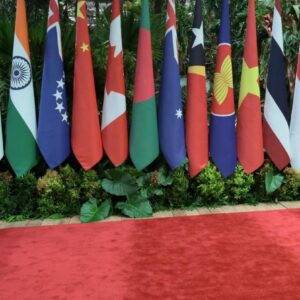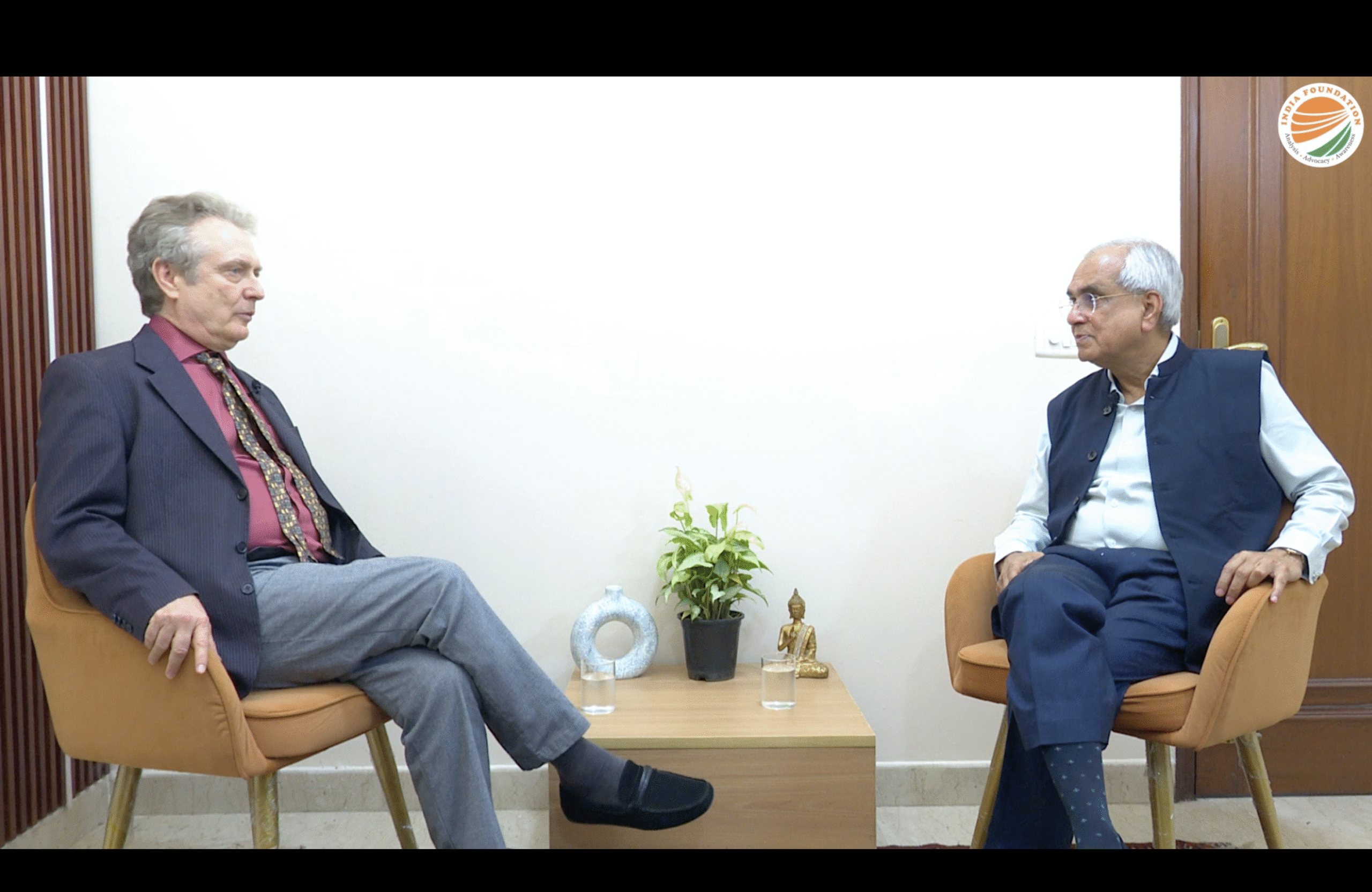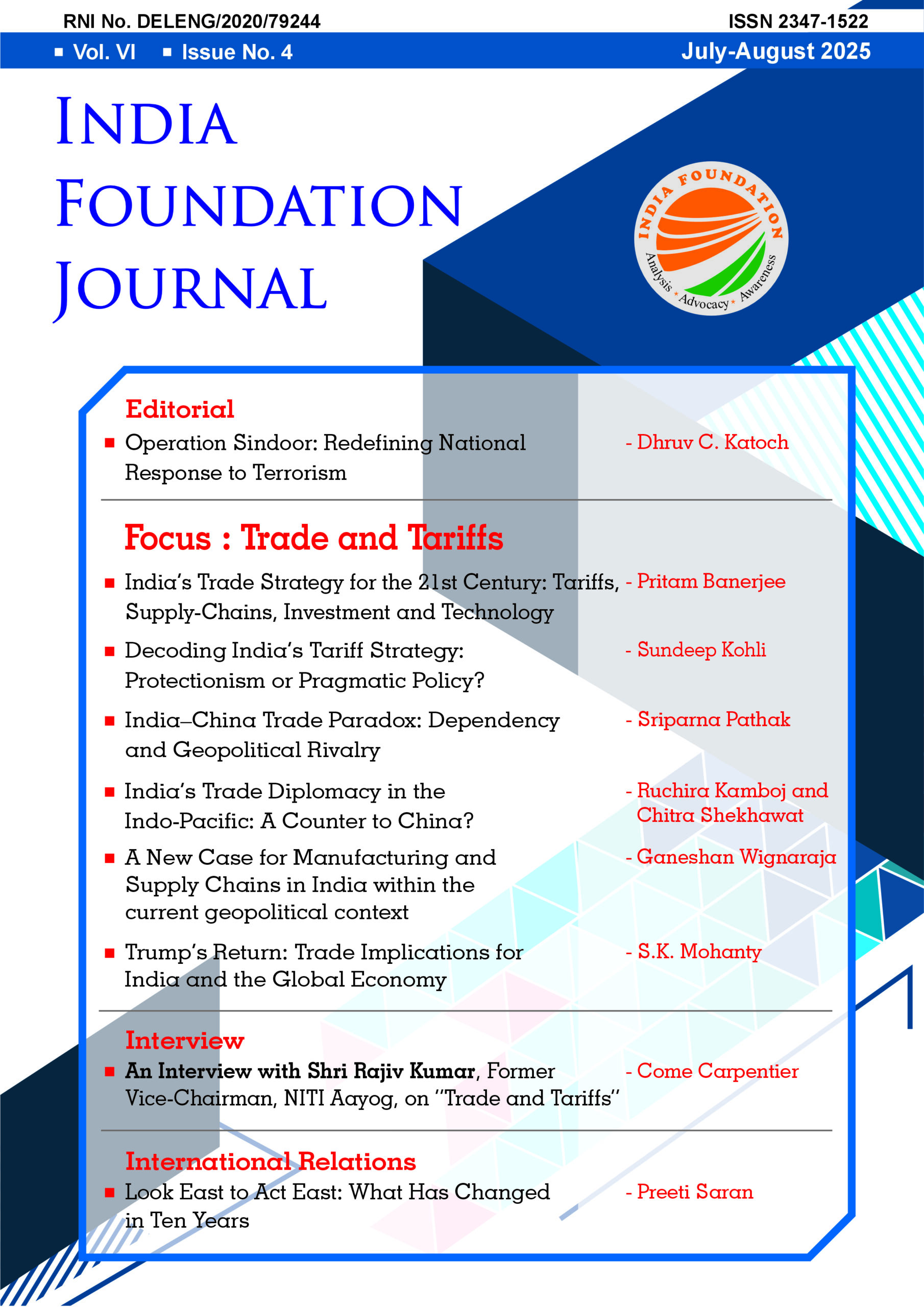The city of pearls, of palaces, the fort city that was once home to the world famous Koh-i-Noor and nearly two hundred lakes, is still called Hyderabad Deccan by the Indian Railways. This is to distinguish our Hyderabad from another Hyderabad on the planet, Hyderabad Sind. Remembering that Hyderabad sits on the harsh Deccan plateau helps. It lends an altogether different perspective to our understanding of the city. Since it became the seat of power in the Deccan more than four centuries ago, its political and economic fortunes were decided as much by snakes as by ladders. By ups and downs. Moments and epochs of glory and fame were relentlessly snapped at the heels by episodes of strife and disgrace.
In this city magic and poison snuggle into easy cohabitation. Modern Hyderabad is not unfamiliar to growth and hope. And not unknown to shame and anxiety.
Capital of one of the biggest Princely States in the pre-independence India, it did not meet the same fate as the capitals of other princely states like Mysore, Gwalior, Junagadh, or Jodhpur. When it lost Kannada and Marathi speaking regions, it did not remain the capital of a shrunken province. Fortunately it became the capital of a much larger and prosperous state. It became the beneficiary of enormous investment in the public sector: Pharma, Defense, Nuclear, R&D establishments funded by the Union Government did not let it face the decline that other capitals of native states suffered. The physical infrastructure, human resources and skills that the old public sector economy nurtured eventually paved the way to the massive inflow of new economy investments into Hyderabad.
There’s no prominent corporate of the globalised new economy that is not present in Hyderabad: IBM, Microsoft, Facebook, Google, Wellsfargo, Franklin Templeton, Reuters, Infosys, Wipro, Mahindra Satyam are only a few examples. Dozens of engineering colleges in and around the city, new age business schools, the new IIT all prepare thousands of starry eyed young people for purposeful careers. Hyderabad bubbles with energy, exudes new confidence and hope.
Communal clashes, stabbings, blasts, hate speeches, arrests, allegations of fake encounters, police brutality, bloody fights among land grabbers and real estate mafia, uneducated youth duped by unscrupulous agents promising gainful employment in the gulf countries, woes of the illegal migrants to West Asia, unsuspecting young brides married away to supposedly prosperous octogenarian Arab men, adoption rackets trading in Lambada infants show the dark and shameful side of the city, its soft underbelly.
It has always been that: a mix of glory and misery; of progress and obscurantism; of outsiders and natives; of opportunity and hopelessness; and of kite festival and communal clashes.
While the Nawabs, nobles and their feudal vassals lived in luxury their subjects in the old Hyderabad Deccan hardly stood with their spines erect. Commoners paid rapacious rates of taxation. While the rich and the noble had the benefit of modern education in the Madarsa-e-Aizza and Madarsa-e-Aliya, the commoners had hardly any schools to go. The general literacy was as low as 2.3 per cent among Hindus and 5.9 among the Muslims. While Jamia Osmania (Osmania University) celebrated the architectural taste of the rulers, its educational benefits were limited to Urdu speakers to the exclusion of Telugu, Marathi, and Kannada speakers. The rulers distrusted locals. Talent was brought in from Calcutta, Bombay and Madras Presidencies and other parts of India, or even abroad.
The city not only witnessed the unashamed coexistence of misery and luxury. It also saw its streets turned into battlegrounds between modern and progressive political philosophies on the one hand and obscurantist creeds on the other. While the celebrated poet Maqdoom Mohiuddin repeated Inquilab Zindabad (Long Live Revolution) as his mantra, Kasim Rizvi exhorted his brethren to fight for the doctrine of An-al-Malik (We are Kings and people of other religions are our subjects). The State and the Society also clashed. While Andhra Mahasabha raised the slogan of peoples’ democracy, the Nizam proclaimed Gasthi Nishan Tirpan (Section 53) which restricted public meetings and and required prior submission of contents of speeches. Anjuman Tabligul Islam converted poor Hindus to Islam. Arya Samaj reconverted them through purification rites. Seeds of communal disharmony and divide were sown.
Today, it looks a settled fact that a Muslim wins as MP from Hyderabad and a Hindu from the Secunderabad seat. However, that has not always been the case. For the first seven elections, until the mid eighties, Hyderabad sent a Hindu and Secunderabad elected a Muslim to the Lok Sabha, with unbroken regularity. Today it looks inconceivable. It sharply brings out the unacceptable communal divide.
Politics did not strengthen Maqdoom Mohiuddins. Nor did it weaken the Kasim Rizvis. They cohabit. It did not build bridges between the glittering crust and the soft underside of the city. They coexist. Politicians did not mediate between the walled city and the hi-tech city. They live side by side. Hyderabad Deccan and Cyberabad Deccan cohabit. Uneasily most of the time.
(This was published in Outlook Magazine. http://outlookindia.com/article.aspx?284104)



